#roman border
Text



Roman Stone Head of the Native God, Antenociticus from the Roman Temple at Benwell, The Great North Museum, Hancock, Newcastle upon Tyne.
#roman#roman temple#roman belief#Antenociticus#native#early belief#early religion#roman army#roman culture#romans#roman living#archaeology#stone head#newcastle#hadrian's wall#roman border
77 notes
·
View notes
Text
National Museums Scotland has just announced the extraordinary reconstruction of an 1,800-year-old Roman arm guard. The artifact has been described as “absolutely amazing.”
However, since its initial discovery within the Scottish Borders in 1906, the armor, shattered into over 100 pieces, languished in relative obscurity until experts meticulously reassembled it, much like a jigsaw puzzle.
This brass relic likely adorned a high-ranking Roman soldier, gleaming like gold on his arm. Currently on loan to the British Museum, you can find it at the upcoming exhibition "Legion: Life in the Roman Army" starting February 1, 2024!
#armor#Romans#Scottish Borders#Britannia#Scotland#Roman Military & Warfare#Roman Technology#ancient#history#ancient origins
38 notes
·
View notes
Text
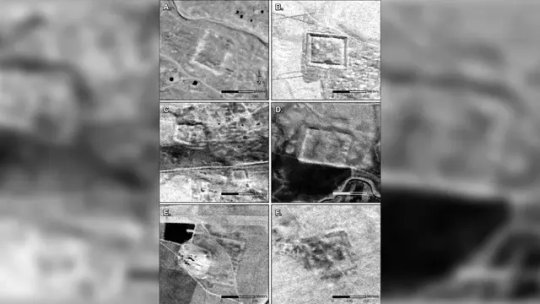
Spy Satellite Photos Reveal Hundreds of Long-Lost Roman Forts
Declassified photos captured by United States spy satellites launched during the Cold War have revealed an archaeological treasure trove: hundreds of previously unknown Roman-era forts, in what is now Iraq and Syria.
Many of those long-lost structures may be gone forever at this point, destroyed or damaged over recent decades due to agricultural expansion, urban development and war. Nevertheless, the discovery of the forts’ existence challenges a popular hypothesis established in the 1930s about the role of such fortifications along the ancient Roman Empire’s eastern border, researchers reported Wednesday in the journal Antiquity.
Based on the satellite views, the high number of forts and their widespread distribution hints that the forts may not have been erected to keep enemies out, as the decades-old theory suggested. Rather, the structures were likely built to ensure safe passage for caravans and travelers along routes that saw plenty of nonmilitary traffic. These forts, according to the study authors, were outposts and havens, not hostile barriers.
High-resolution images analyzed in the new study were taken during flyovers by multiple satellites belonging to two US military programs: the Corona Project (1960 to 1972) and Hexagon (1971 to 1986). Corona’s images were declassified in 1995, and Hexagon’s photos were released to the public in 2011.
Images from Hexagon and Corona are invaluable for archaeologists because they preserve snapshots of landscapes that have since undergone significant disruption, said lead study author Jesse Casana, an archaeologist and professor in the department of anthropology at Dartmouth College in New Hampshire.
“Agriculture and urbanization have destroyed a lot of archaeological sites and features to a shocking degree,” Casana said. “This old imagery allows us to see things that are often either obscured or no longer extant today.”
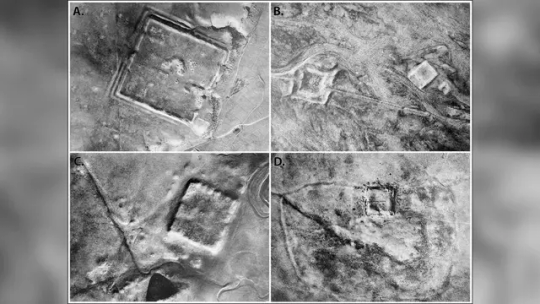

Spy satellite photos vs. the Poidebard survey
Satellite images are especially helpful for searches across the northern part of the Fertile Crescent in the Middle East — from the eastern coast of the Mediterranean to western Iran — because of the area’s archaeological importance and high visibility of the ground in photos, Casana added.
The research team pored over the images for signs of Roman forts, which have a distinctive square shape and walls that usually measure about 164 to 262 feet (50 to 80 meters) long. The scientists began their search using reference maps from an aerial survey of the region conducted in the 1920s and 1930s by French archaeologist and Jesuit missionary Father Antoine Poidebard. That survey was among the first to photograph archaeological sites from the air, and in 1934 Poidebard reported finding 116 Roman forts.
It was an unprecedented achievement. But nearly a century later, mapping Poidebard’s forts to satellite photos was challenging. Because his map wasn’t large-scale, it contained numerous spatial errors, Casana said. Poidebard also did not provide names or numbers for most of the forts he found, identifying them instead by their proximity to geologic features.
Those forts were aligned north to south along what was once the easternmost boundary of the Roman Empire, according to Poidebard. This arrangement, he claimed, was surely intended to guard against invaders from the east.
But Poidebard’s survey provided only a partial view of Rome’s ancient infrastructure, the researchers found. What he overlooked — and what the satellite photos revealed — was that the north-to-south line of 116 forts was actually only a narrow sliver of a cluster spreading from east to west and containing 396 fortified structures.
The forts spanned approximately 116,000 square miles (300,000 square kilometers), “extending from Mosul, on the Tigris River in Iraq, through Ninawa province, across the Khabur and the Balikh valleys, continuing to the semi-arid plains west of the Euphrates River, leading to western Syria and the Mediterranean,” according to the study.

Oases of safety for ancient Rome
When the archaeologists performed a second survey of an image subset, they found 106 more fortlike structures, hinting that further investigations will yield many more Roman forts. Based on excavations of other Roman sites in the region, the scientists estimated that the forts were built between the second and sixth centuries.
While Poidebard’s row of forts along the Roman Empire’s eastern front looked like a military fortification, this new evidence suggested that the forts collectively served a different purpose. Rather than presenting an impassable wall on a violent frontier, they provided oases of safety and order along well-traveled Roman roads.
Borders in this world “were places of dynamic cultural exchange and movement of goods and ideas,” not barriers, Casana said. And perhaps that perspective holds a lesson for the modern era, he added.
“Historically, as an archaeologist, I can say that there have been many attempts by ancient states to build walls across borders and it has been a universal failure,” Casana said. “If there’s any way that archaeology contributes to modern discourse, I would hope it is that building giant walls to keep people out is a bad plan.”
By Mindy Weisberger.

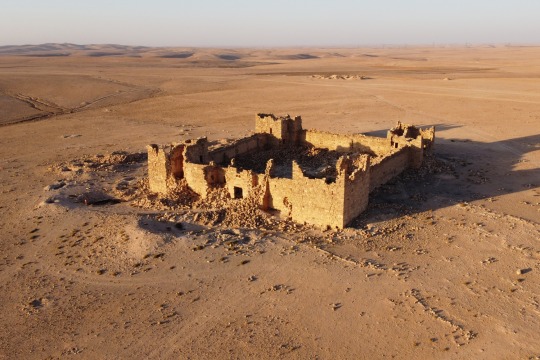
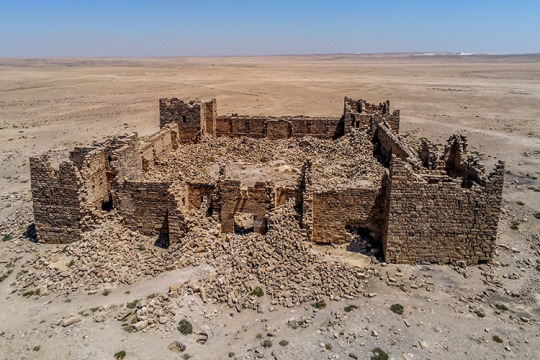
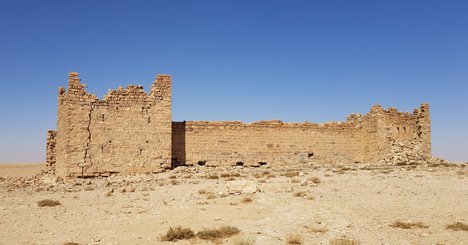
#Spy Satellite Photos Reveal Hundreds of Long-Lost Roman Forts#unknown Roman-era forts#iraq#syria#Roman Empire’s eastern border#ancient artifacts#archeology#archeolgst#history#history news#ancient history#ancient culture#ancient civilizations#roman history#roman empire#Qasr Bshi
49 notes
·
View notes
Text
had a vision for a photo set up and it wouldn't leave my mind. i got up this morning hungover no makeup hair doing whatever it wants but by god. it worked [no nudity but borderline sorry]




#the power of lesbianism#these boots are fucking insane. kaneda if he slayed#im aware this is way over border on what i would post usually but im very comfortable abt sharing these. shrugs#a#i had in mind that art piece that always makes the rounds here with the barbarian and the roman helmet#dyke
18 notes
·
View notes
Note
Fun question for you! What architecture inspired your take on heaven? I was getting hints of ancient Rome with how the bath houses and fountains are described. However, I'm really curious and I've gotta know!
I sorta referenced this a while back but I can be specific about the architecture now !
ABM Heaven is, actually, mostly inspired by colonial Latin America, particularly south-central Mexico — the painted tiles and the sunny colors of the houses (all so smushed together that they resemble one) and hidden gardens and balconies. Rosier's house, for ex, is a house I stayed at for a little while in Mexico. This is what I mean (!):

I was envisioning a typical Mexican town plaza at the center of Heaven, actually. Why? Because it's funny, and also basing Heaven's architecture on a colonial force is definitely saying something I think sksk
Though I focus on the above, Heaven is a mix of a lot of architectural style though! One time I visited Spain (which, as you might realize, relates to my interest in colonial architecture) and I found the clash of architecture on the older streets really interesting (because of Spain being Roman, then under Muslim rule, then Christian (etc)). On the note of mixing Rome, Islam, and Christianity:
The observatory was inspired by Islamic architecture.
The cathedral was pure gothic Christian.
The colosseum was, obviously, Roman.
Oh, and I was actually inspired by Turkish baths for the bathhouse, though Turkish baths come from Roman baths (allegedly) so the connection makes sense!
Michael's house is literally a typical Latin American house with a flat roof and a bunch of random stuff on top.
The architecture question for Heaven was really interesting when I was drafting. I wanted it to be a mix of stuff -- almost nonsensical -- to make it feel familiar but still strange. So yeah it's a little Roman, but it's a little bit of everything.
Very much any architecture that the humans will invent, the angels have already done it, I think.
#im just really into very different architectures clashing with each other#i live on the border lmao maybe thats why im so interested in it but i digress#i considered making heaven VERY mexican but idk it might be dangerous to conflate Christianity and Mexican-ness#also i Did have to include roman inspo because ABM is about Roman Catholicism explicitly#also the angel coloseumn fights r funny given how christians were being thrown to the lions in there#the world building is a layered joke really#mine#ask
23 notes
·
View notes
Text
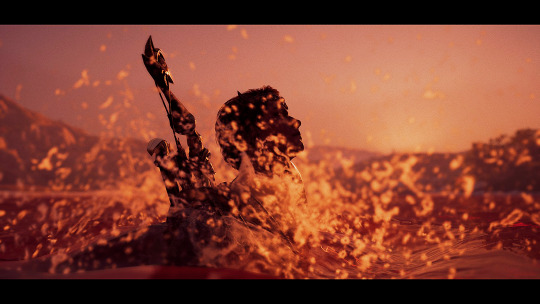


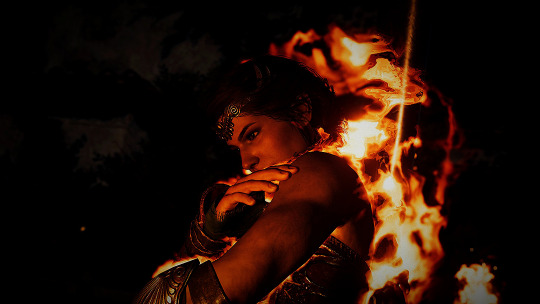
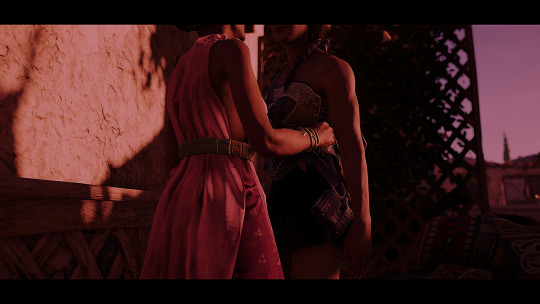
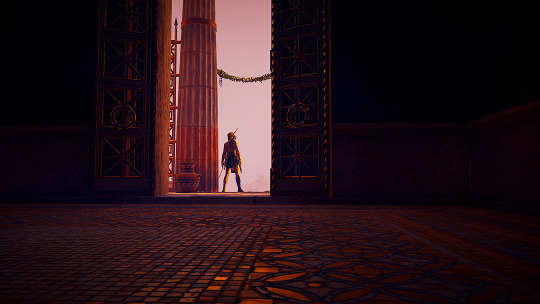
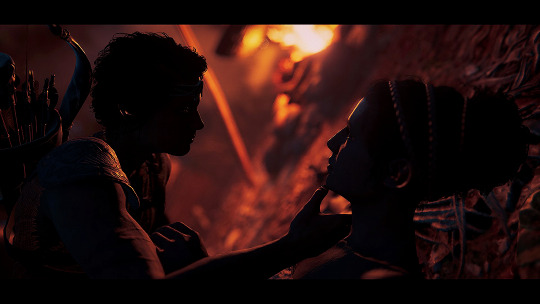
So you're the Eagle Bearer everyone's been talking about. I hope you live up to your reputation.
#acedit#ac odyssey#assassin's creed odyssey#kassandra of sparta#virtual photography#idk what the right tags are honestly tbh to be honest. let's hope these are enough#& yeah some of these have the silly 'movie-like' black borders. my sincerest apologies. it will happen again#anyway. i just think that Women--#im like uhhh 120 hours into a replay and at least 30 of those hours are just. Me Staring At Kassandra#shes my roman empire#also: these photos have Not been taken sobe.r#they have not been edited sober.#and they are not being posted sober <3#mine#did you know: i entirely forgot how to use photoshop. didn't know that was possible but here we are#me lookin at adjustment layers: good god. what are these
9 notes
·
View notes
Text
I like how in every single fandom I write for it's the found family agenda of "Make the gay couple adopt the neglected and forgotten kids"
#virus rambling#i've just notice this#i did this with merlin (mordred deagal gilli kara etc all them)#i did this with supernatural ( krissy claire jack jesse ben and all of them)#i did this with penny dreadful (my victor x dorian au of if victor felt guilty and actually helped Fenton)#i did this with hemlock grove ( my miranda lives au with peter roman and them raising nadia)#i did this with the witcher ( Jaskier geralt and yen raising dara and ciri)#stranger things already did this by themselves but i just made it steddie and ronance & jargle with the kids#and now i'm bordering on doing this gotham (nygmobblepot au?)#i have a pattern#minor characters my beloved#a lot of these fics need to be finished unfortunately#unfortunately because it's ME who has to actually write them...
68 notes
·
View notes
Text


/ ok so! I don’t know about yq’s favs but I can talk about what would be my Daybit’s favorites dinos; which I will limit to a small list from diff periods in no specific order;
T-rex: This is a pretty common favorite if not the most easy to recognize; probably one if not the first dinosaurs that would come to someone’s mind when mentioning dinos as a whole. He likes them because they are easy to talk about with others (As he is not the smoothest talker out there) as there is usually a general idea about them even if a lot of it is still founded on old movies and information about them like as an example; the idea that t-rex had this massive roar, recent studies have concluded that bc of the way their skulls were formed + their closest relatives alongside other proof, they could have not been able to do anything more than closed mouth vocalizations, something like a deep hiss/grunt; test sounds actually sound even more scary than the roars. As such this goes on; in all truth. he doesn’t really mind this and would just inform you about what differs.
Therizinosaurus: He finds it curious the rather unusual anatomy of this one; although a lot of dinosaurs did use to have short forelimbs, this one is very unique as it used to be the dino with the (or one of the) longest claws reaching aprox 50+cm in lenght with very lil curvature, kind of like scissors tbh (picture down below for ref), despite this, I read that there’s a possibility they were herbivores bc of its possible ties with other mammals (principally herbivores) and that their long claws were useful for tearing through vegetation more easily rather than them being used for attacking and stuff. He likes this one bc despite its intimidating appearance, it is not what it shows to be.
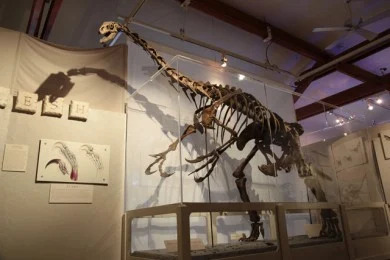
troodon: chicken looking (Headcanon that daybit likes birds as association to dinos so true-), colorful. Actually had a remarkable brain size in relation to its overall size + compared to other current reptiles which led to think that this guy could have been maybe as smart as some of our current birds. Probably had some big ol eyes at that too. Kind of cute
Sauroposeidon: one of the biggest ones, so big that initially their fossils were thought to be pieces of petrified wood; which makes sense as their necks are so long that they looked more like trunks of trees rather than a neck. He likes this one because its so tall it looks quite surreal, he’ll stand in a museum and look up for a long while thinking about his own physical insignificance-
honorable mentions that i won’t write about but that are interesting to him; linhenykus, psittacosaurus, helicoprion (shark tm), dunkleosteus, deinocheirus
#tenkoseiensei#;d.aybit#;headcanons#headcanons#anyways dont read this; just know that he likes dinos#i had to clear allmy tags bc i went on and on about his personality but iwas like- this is too long-#ANYWAYS; all u need to know is that d#d.aybit is lit that one pannel in c.sm with the girl talking about sea creatures to d.enji on the a.quarium#also im sorry king im making u a serious icon border (?)- but u know?; maybe he would like it#this looks so out of place in my blog#one day u see the last roman emperor anime version and next u see dinosaurs
6 notes
·
View notes
Text
i think they should do all of logans funeral in doric. just for a laugh.
#I KNOW HE DOESNT SPEAK IT ANYMORE BUT ITS FUNNY#fuck you. scotsifies your succession characters. gives each of your succession characters a different scots dialect for the laughs.#logans doric (obvs)#connor insular or ulster#kendall west#roman sec#and shiv south/borders#logan roy#succession
4 notes
·
View notes
Text
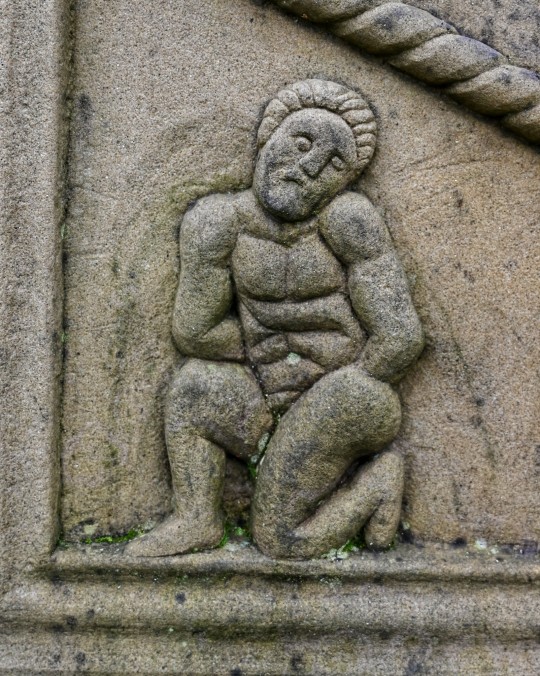
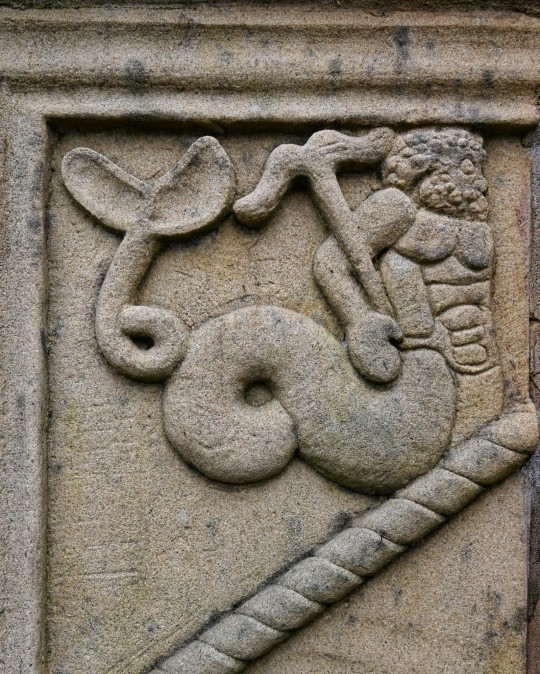
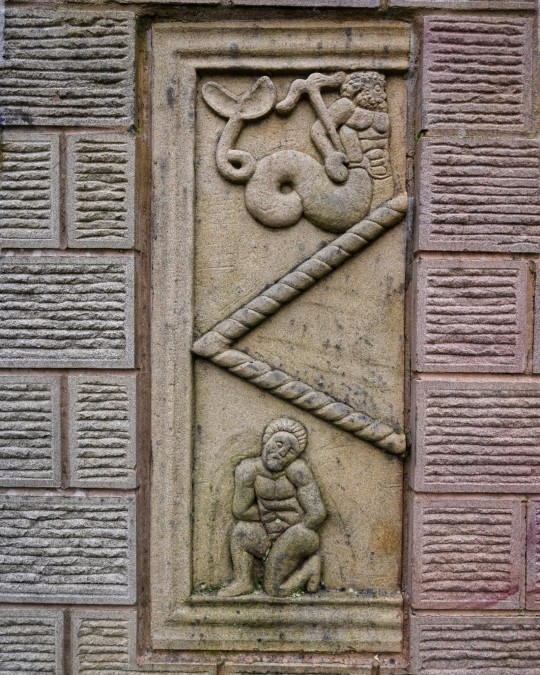
Roman Distance Stone Replica, Antonine Wall, Croy Hill, Scotland
#roman#roman army#roman border#roman distance stone#roman design#roman living#roman soldiers#roman empire#romans#roman craft#roman culture#Scotland#Antonine Wall#archaeology#ancient craft#ancient sites#croy hill
64 notes
·
View notes
Text
This is honestly the first time I've heard the crowd be 100% booing Roman. Now not in a bad way, it's not, "Lockport Phil was told to put you over so we don't like you" it's, "YOU ARE BEING AN ABSOLUTE SON OF A BITCH IN THE BEST WAY HEAR MY BOOS" type heat and I love it
#wwe#smackdown#roman reigns#this is bordering on controversial but i mean at the end of the day#of you dont lioe what i say theres unfollow and block buttons for a reason
8 notes
·
View notes
Text

H, HELLO????
12 notes
·
View notes
Text


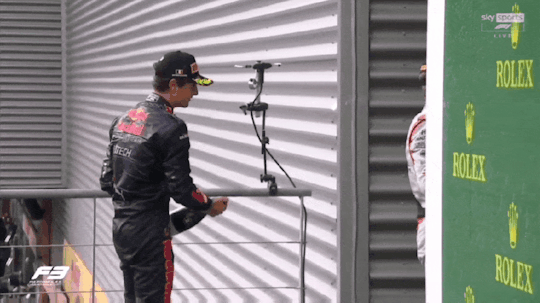

F3 2021 Spa Race 1 podium celebration
#f3#roman stanek#jak crawford#lorenzo colombo#roman gives off so much border collie puppy vibes in this one
5 notes
·
View notes
Text
Roman Limes
Limes means road – originally, it really was a road connecting border fortifications with each other. Over time, it began denoting a geographically shaped or fortified border. It is incorrect to use limes as a term for all borders of the Roman Empire, though the world will sometimes be used in such a manner as well. System of border fortifications fulfilled its functions generally from 1st until…
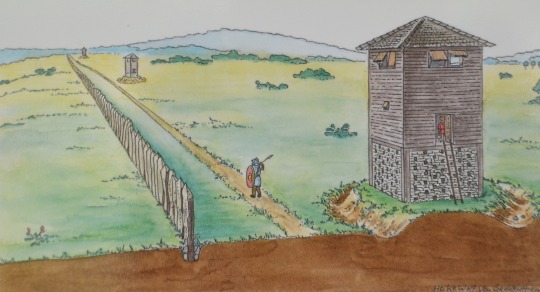
View On WordPress
#antonine wall#border wall#diocletians limes#hadrians wall#late roman limes#limes#limes africanus#limes alutanus#limes arabicus#limes britannicus#limes dacicus#limes germanicus#limes moesiae#limes orientalis#limes transalutanus#roman#roman limes#trajans wall
0 notes
Text
Roman Limes
Limes means road – originally, it really was a road connecting border fortifications with each other. Over time, it began denoting a geographically shaped or fortified border. It is incorrect to use limes as a term for all borders of the Roman Empire, though the world will sometimes be used in such a manner as well. System of border fortifications fulfilled its functions generally from 1st until…
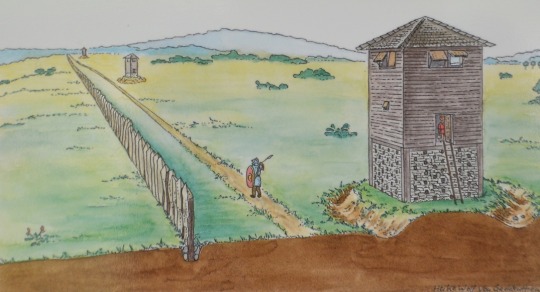
View On WordPress
#antonine wall#border wall#diocletians limes#hadrians wall#late roman limes#limes#limes africanus#limes alutanus#limes arabicus#limes britannicus#limes dacicus#limes germanicus#limes moesiae#limes orientalis#limes transalutanus#roman#roman limes#trajans wall
0 notes